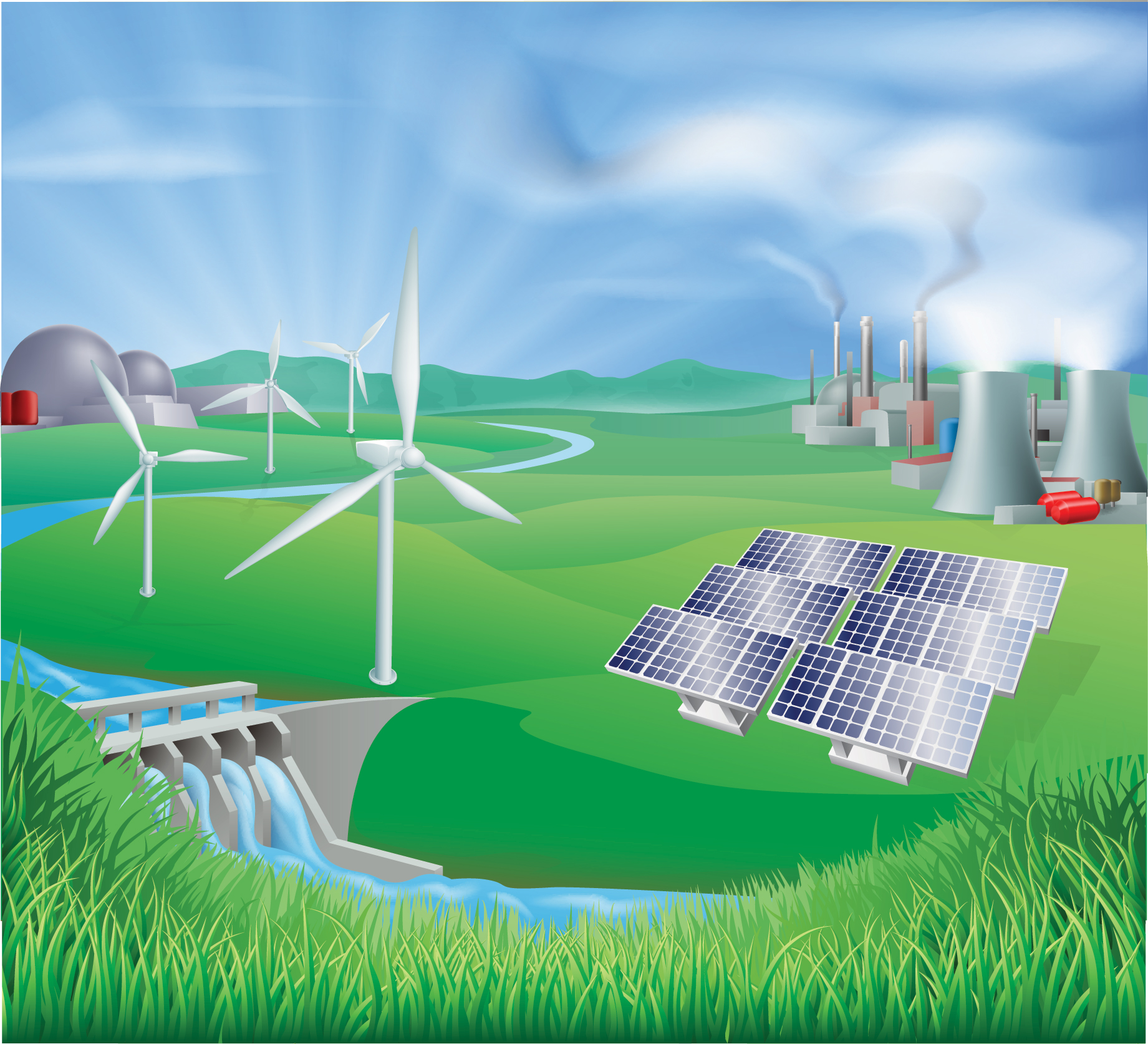What Might the Electricity Mix Look Like in 2030?

EPRI Models 13 Scenarios to Examine Key Uncertainties
Between 2015 and 2030, coal’s share of the U.S. electric generation mix could decline significantly, while natural gas’s share is likely to grow, according to a recent EPRI study.
Using EPRI’s U.S. Regional Economy, Greenhouse Gas, and Energy (US-REGEN) model, researchers examined 13 scenarios, including low and high natural gas prices, flat and increasing electric load, low-cost utility-scale solar photovoltaic technology, refurbishment costs for aging coal- and natural-gas-fired plants, potential paths to implement the federal Clean Power Plan, and other policies to reduce CO2 emissions in the U.S. electric sector. Key insights:
- Between 2015 and 2030, coal’s share of the U.S. generation mix could decline from 33% to less than 25% if natural gas prices remain low, new federal climate policies are enacted in addition to the Clean Power Plan, or aging coal units face significant refurbishment costs.
- New natural gas generation remains a significant part of the U.S. generation mix in most scenarios, including those with a stringent CO2 emissions cap, and is expected to grow significantly in some scenarios. The main risks are high natural gas prices and targeted regulation to reduce dispatch or deployment of natural-gas-fired units.
- Relative to natural-gas-fired generation, renewable generation from utility-scale wind and solar power remains economically uncompetitive in most scenarios without CO2 policies, even with a 17% reduction in capital costs for onshore wind between 2015 and 2030. This result is driven by the assumptions of low natural gas prices, expiring tax credits, and no further increases to state renewable portfolio standards.
- Existing and new nuclear generation are expected to be competitive in scenarios with significant CO2 reduction requirements or high natural gas prices.

